Top Image: Australian commandos on Timbered Knoll, July 29, 1943. Courtesy Australian War Memorial.
In New Guinea during World War II, progress was often measured by yards. Mountainous terrain with thick jungle and often heavy rains made movement difficult and reduced supplies to a trickle, as soldiers and native carriers wended their way along narrow, muddy, steep paths. For the Japanese, starvation soon became a major problem; and in time, more of Emperor Hirohito’s soldiers would die of malnutrition than from any other cause. For the Allies too—mainly Australians and Americans—crippling shortages of food, potable water, medical supplies, and ammunition made the long (1942-1945) New Guinea campaign a trial almost beyond comprehension.
Combat took place under truly hellacious conditions. The Japanese were always tenacious, whether in attack or defense, and made maximum use of terrain to launch ambushes and surprise attacks. It was well for the Allies that the Australian infantry were among the finest deployed on any front in World War II. Independent-minded, adaptable and courageous, the Australians fought the Japanese with skill and determination that slowly but irresistibly pried the Japanese out of New Guinea. The battles for Bobdubi Ridge that took place in the spring and summer of 1943 were typical of the desperate fighting.
Bobdubi Ridge and surrounding terrain. Courtesy Australian War Memorial.
Located along the island’s north coast in what is now Papua New Guinea, Bobdubi Ridge was initially occupied by Japanese forces in the spring of 1943 as they moved inland to capture the Australian-held village of Wau. In April and May, however, Australians—who operated in small “independent companies” in the dense jungle—managed to outflank the Japanese, and infiltrate and capture Bobdubi Ridge. Elite but lightly armed Australian commandos subsequently occupied the ridge, only to be driven off in May as Japanese infantry, backed by artillery and airstrikes, recaptured it.
An Australian soldier is wounded by Japanese machine gun fire on Bobdubi Ridge, July 29, 1943. Courtesy Australian War Memorial.
Private Barney Barron was with the Australian defenders on Bobdubi Ridge when the Japanese attack came in. He remembered: “Our sentry . . . saw Japs and warned us with a shot. That bullet was like a match thrown into gun powder. Japs opened up with everything they had. The air became thick with bullets, we were trapped, only thing to do, which is what we did best, get out fast and disappear into the protective jungle . . . As soon as we escaped the deadly fire of the Jap machine guns, they opened up with mortars . . . We heard the continuing crunch of mortars being fired and not knowing when or where they would land.”
Lt. R.H. Dawson of the Australian 2/6th Field Regiment firing a captured Japanese mountain gun against enemy positions on Coconut Ridge, July 30, 1943. Courtesy Australian War Memorial.
Thus began a brutal campaign for the ridge as the Japanese and Australians struggled for individual terrain features. At the end of June, elements of the 3rd Australian Division assaulted Bobdubi Ridge in hopes of distracting the enemy from US Army landings in nearby Nassau Bay. Hand to hand combat took place as individual companies of Australians came to grips with strongly entrenched and reinforced Japanese defenders.
At the beginning of July, fighting concentrated around Ambush Knoll, which controlled Japanese routes of supply to the ridge’s northern side. Back and forth the fighting swayed, with actions devolving to squads of men on either side coming to grips with grenades, pistols, and bayonets. Casualties were heavy on either side, and extracting the wounded was next to impossible. Even mild to moderate wounds left untreated for a day or two quickly festered, resulting in agonizing death.
Australian infantry storms the Old Vickers Position on Bobdubi Ridge, July 28, 1943. Courtesy Australian War Memorial.
On July 15, the Australians launched another assault on Ambush Knoll. In the forefront was a six-man squad led by Corporal K.A. McEvoy. Supported by machine gun and mortar fire, McEvoy’s squad inched forward until they reached a Japanese bamboo barricade, from behind which enemy infantry tossed hand grenades at the attackers. McEvoy decided to storm the position, but just as he got up and vaulted across the barricade an enemy grenade exploded among his squad, and only one man could follow him. McEvoy remembered: “When I got over that barricade with half my shirt ripped off my back by a machine-gun burst and four bullet grazes across my ribs, I realized it was no place for Mrs McEvoy’s little boy and the first thought was to let the Nips keep the place, but then I noticed I had one man with me and he had the light of battle in his eye and was shouting above the din, ‘Come on, mac, let’s go through the b---s!” The two men’s frenzied assault on the Japanese positions inspired other Australians to follow them, firing Bren guns from the hip, and soon Ambush Knoll fell to their assault.
Australian commandos on Timbered Knoll, July 29, 1943. Courtesy Australian War Memorial.
The capture of Ambush Knoll forced a partial Japanese withdrawal; but fighting then shifted to features such as Timbered Knoll, Coconut Ridge, and Old Vickers. American artillery support was vital in helping to subdue the Japanese positions, but it was still up to the infantry to do the real work. Once again, men on either side struggled at close quarters; and at night traded shouted insults back and forth across the jungle. For week after week, running through July and August 1943, fighting swayed back and forth until Bobdubi Ridge and its dependent features finally fell fully under Australian control on August 19, 1943. But that just marked one painful step on the long road to capturing New Guinea.
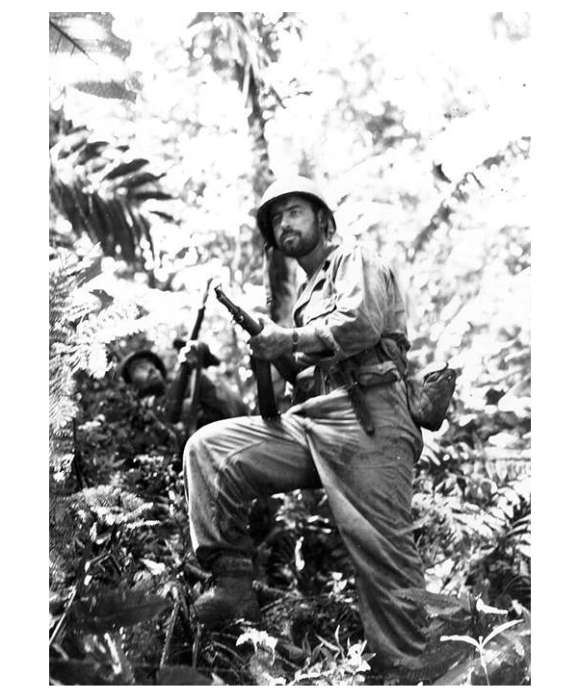
Forgotten Fights: Assault on Munda Point, New Georgia, 1943
The US assault on Munda Point, New Georgia in July-August 1943 drove American soldiers and Marines to the limits of endurance—and merited three Medals of Honor.
Ed Lengel, PhD
Edward G. Lengel is the former Senior Director of Programs for the National WWII Museum’s Institute for the Study of War and Democracy.
Cite this article:
MLA Citation:
APA Citation:
Chicago Style Citation:
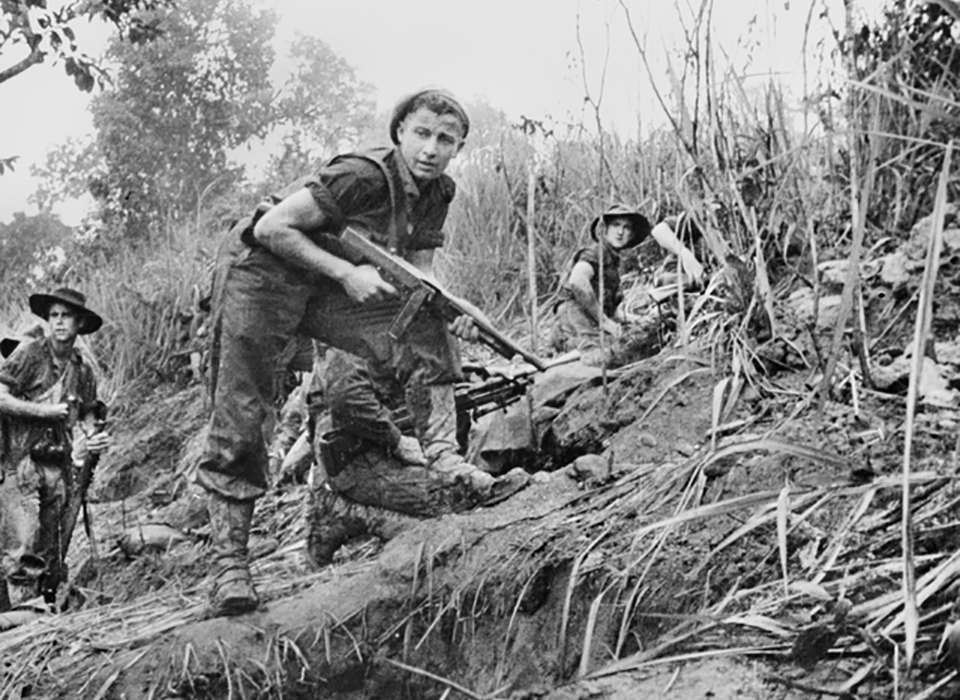
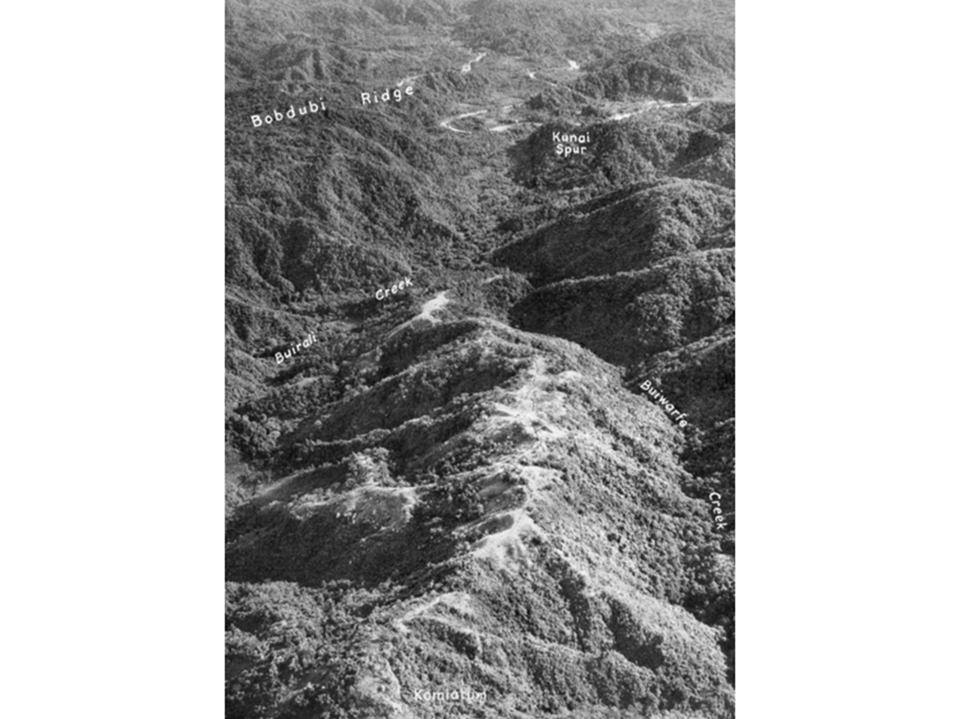
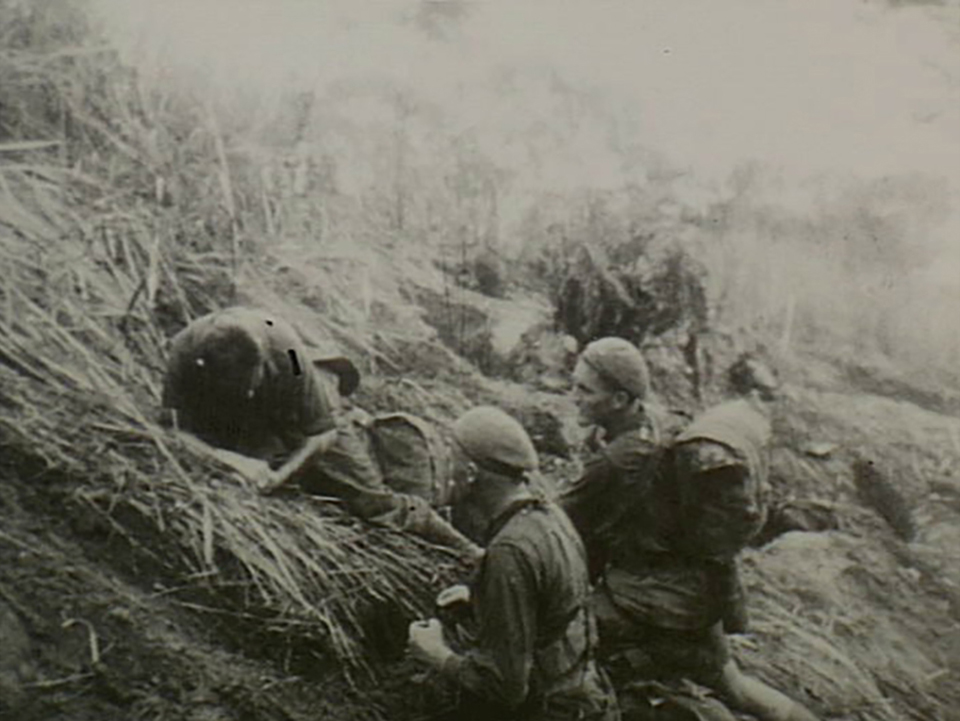
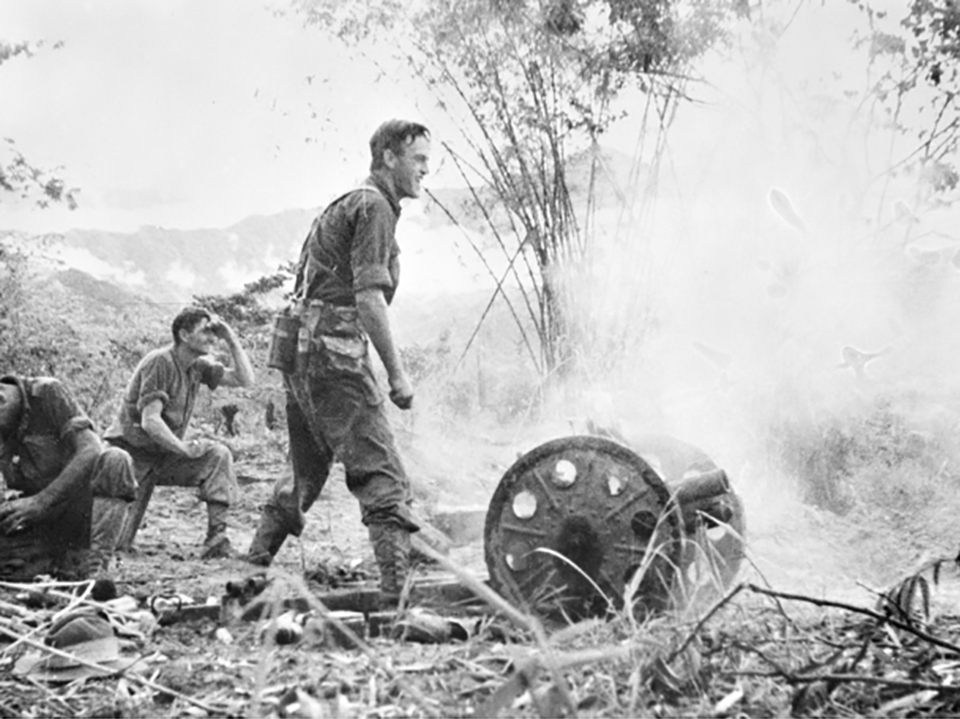
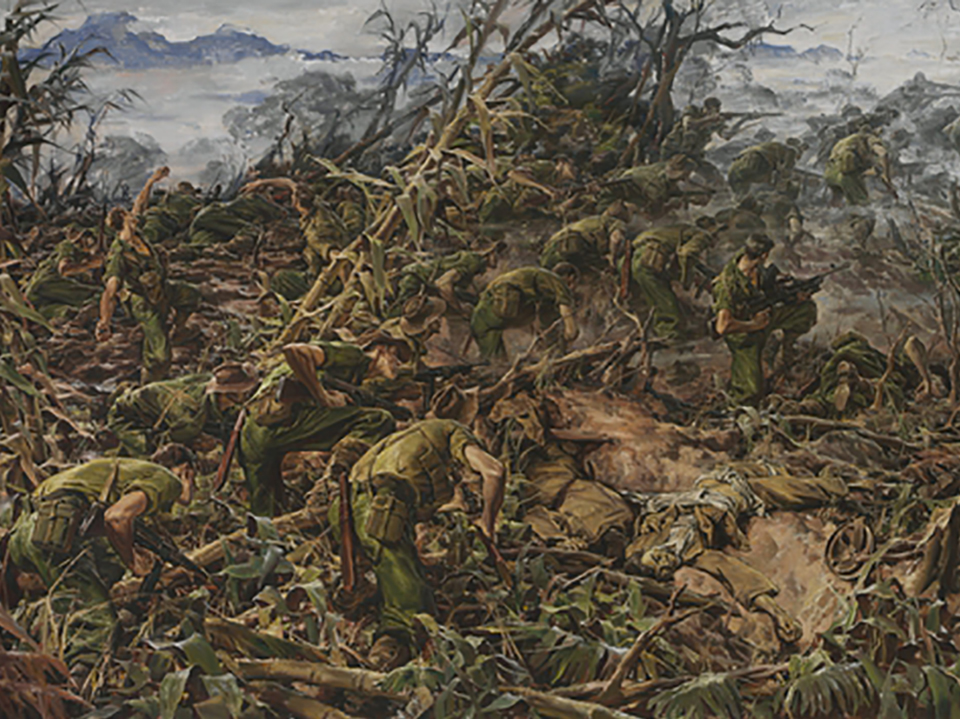
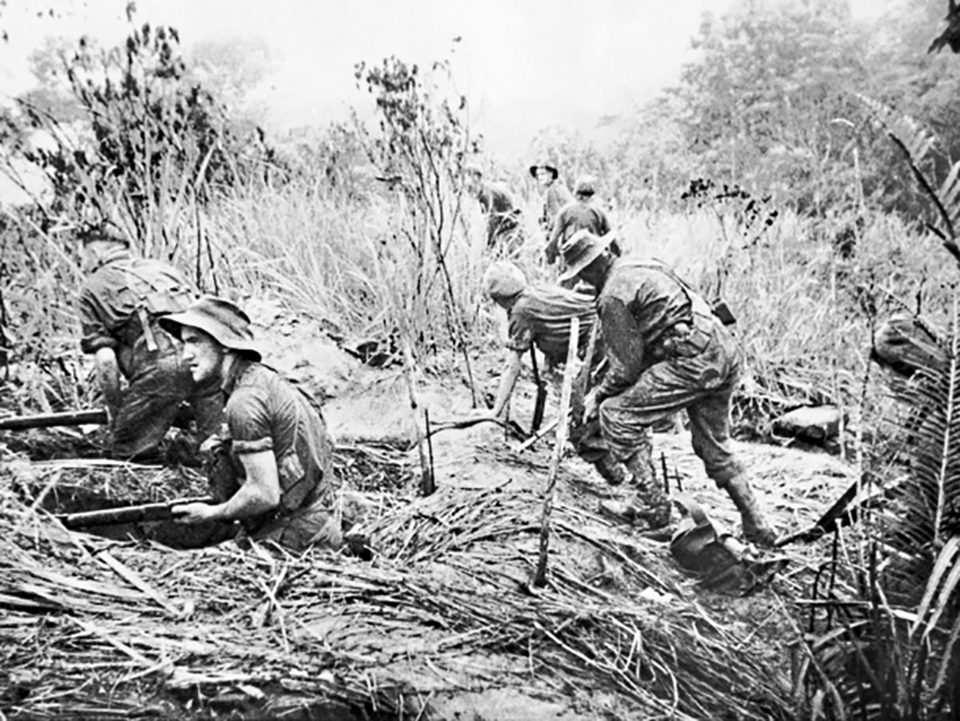






![Max Fuchs, New York City cantor, sings as Rabbi Sydney [sic] Lefkowitz, Richmond, VA, conducts the first Jewish services from Germany.](/sites/default/files/styles/max_650x650/public/2025-10/image1.jpg)

